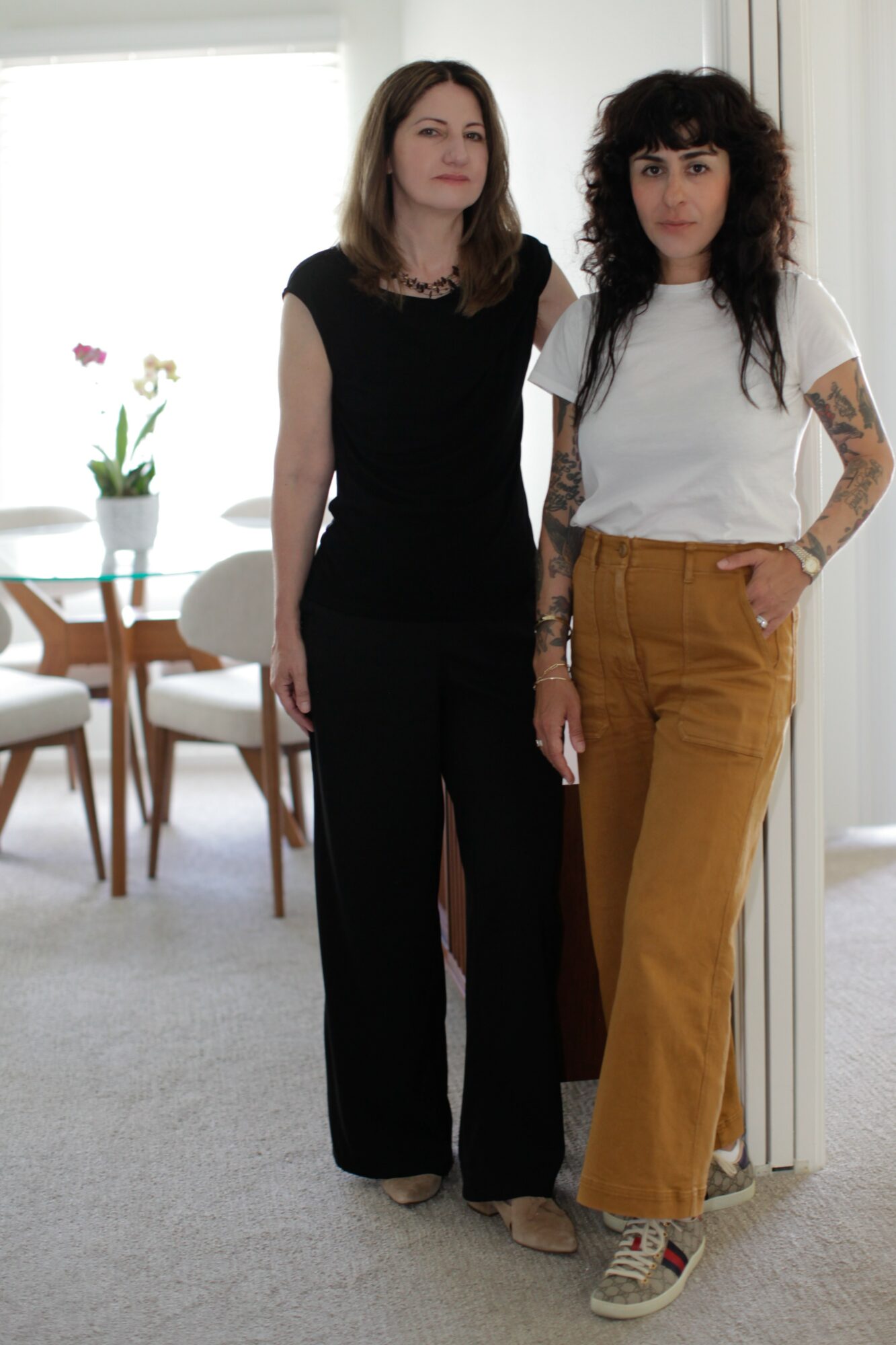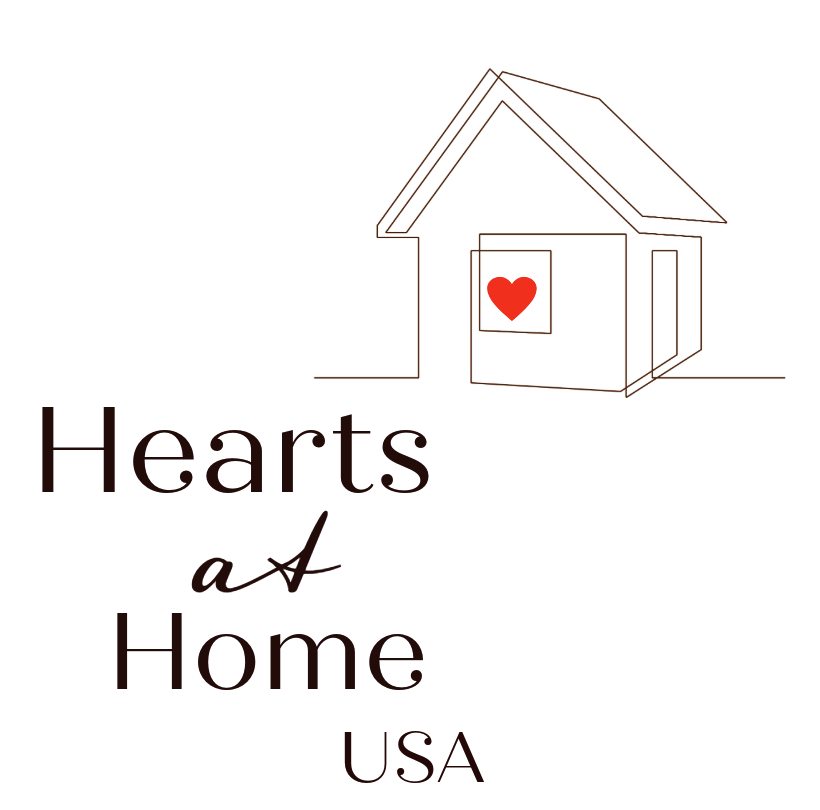

Laura Roberts / Nana Oldach shared their story and experiences with us recently and you can find our conversation below.
Hi Laura Roberts / Nana Oldach, thank you so much for taking time out of your busy day to share your story, experiences and insights with our readers. Let’s jump right in with an interesting one: What’s the most surprising thing you’ve learned about your customers?
One of the most surprising things we’ve learned about our customers at Hearts at Home is how deeply personal the process of creating a safe, supportive living environment can be. We expected clients to focus primarily on the practical aspects—grab bars, ramps, accessible layouts—but what surprises us time and again is how much emotion is tied to these decisions.
For many, these changes symbolize a major life transition—whether it’s aging in place, recovering from an injury, or helping a loved one remain independent. What seems like a small design adjustment to us often represents security, dignity, and peace of mind for them.
Another surprise has been how important aesthetics remain, even in accessibility design. Our clients don’t just want functional solutions; they want spaces that feel beautiful, welcoming, and reflective of their personal style. This reinforces our belief that safety and elegance should go hand in hand.
We’ve also been struck by the visible relief clients express once they realize they don’t have to choose between safety and design. Many come to us assuming modifications will feel institutional or clinical. Seeing their excitement when we show them accessible solutions that blend seamlessly into their home’s design has been incredibly rewarding.
Can you briefly introduce yourself and share what makes you or your brand unique?
Hearts at Home is a collaborative project by Nana Oldach and Laura Roberts, two Interior Designers passionate about enriching lives through design. Our mission is to help people feel safe, supported, and truly at home through every stage of life. With decades of experience in high-end residential design, we saw an unmet need—beautiful, functional spaces for seniors and people with disabilities that go far beyond the typical “medical” approach to accessibility.
What makes our work unique is that we combine our design expertise with a mission-driven focus on aging-in-place and life transitions. Whether it’s installing simple modifications like grab bars and ramps, guiding downsizing moves, or redesigning a home for long-term comfort, we approach every project with equal parts practicality and care. For us, it’s not just about creating safer environments—it’s about preserving dignity, independence, and the feeling of home.
Right now, we’re expanding our network of partnerships with organizations, caregivers, and families who share our vision. We’re also building out resources and services to reach more communities in need, from affordable accessibility upgrades to thoughtful relocation support.
Hearts at Home is about design with purpose: blending safety and beauty so that people can live comfortably and confidently in the spaces they love.
Amazing, so let’s take a moment to go back in time. What’s a moment that really shaped how you see the world?
For us at Hearts at Home, the most defining moments came from within our own families. We each experienced the challenges of supporting loved ones through major life transitions, navigating the difficult balance between safety, independence, and comfort. Seeing firsthand how emotional and complex these changes can be gave us a deeper understanding of what families truly need during these times.
Those experiences shaped how we see the world because they reminded us that design is never just about walls, furniture, or finishes. It’s about honoring people’s lives, their dignity, and their need for comfort in times of change. We realized that creating “home” is as much about emotional safety as physical safety, and that even the smallest modifications can profoundly impact how someone experiences their daily life.
It’s moments like these that solidified our belief that beauty, safety, and compassion can—and should—coexist in every home.
Do you remember a time someone truly listened to you?
When we first began sharing the idea for Hearts at Home, people didn’t just listen politely; they leaned in because the need was so clear. Almost everyone we spoke with had a story about their own parent, grandparent, or loved one navigating a difficult transition. Instead of us doing all the talking, the conversations would open up into their personal experiences, their worries, and the longing for better solutions.
That response showed us we weren’t alone in this mission—there’s a universal need for safe, beautiful, and supportive living environments. Knowing that our idea resonated so deeply with others affirmed that Hearts at Home was filling a gap that so many families were already struggling to bridge.
I think our readers would appreciate hearing more about your values and what you think matters in life and career, etc. So our next question is along those lines. What’s a belief or project you’re committed to, no matter how long it takes?
At Hearts at Home, we are committed to building a movement, not just a business. That means growing partnerships, creating resources, and supporting communities so that more people can age in place with dignity and independence. It’s a long-term mission, but one we’ll continue to champion until every family has the opportunity to feel both safe and truly at home. No matter how long it takes, we’re dedicated to proving that safety and style can coexist—and to making that standard accessible to as many families as possible.
Okay, so let’s keep going with one more question that means a lot to us: What will you regret not doing?
At Hearts at Home, we know we would regret not using our skills and experience to make a real difference for families facing life transitions. As designers, we’ve spent years creating beautiful spaces—but we also feel a responsibility to ensure those spaces are safe, supportive, and livable for people at every stage of life. If we didn’t act on this calling, we’d regret missing the chance to help families avoid the struggles we’ve seen firsthand in our own lives.
We would also regret not amplifying the message that accessibility and beauty belong together. Too many people still assume they have to choose one or the other. If we don’t keep advocating for change, that misconception will persist—and countless homes will remain unprepared for the people living in them.
For us, the greatest regret would be staying silent when we know we can be part of reshaping what “home” means for aging and accessibility.
Contact Info:
- Website: https://www.giveheartsathome.com/
- Instagram: https://www.instagram.com/giveheartsathome
- Linkedin: https://www.linkedin.com/company/give-hearts-at-home















